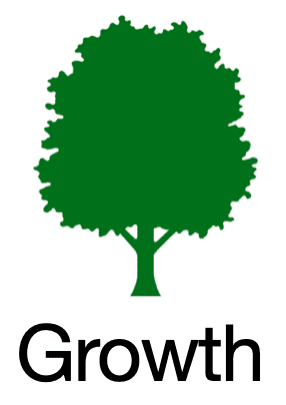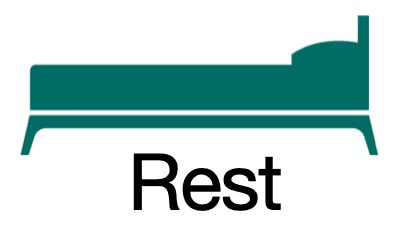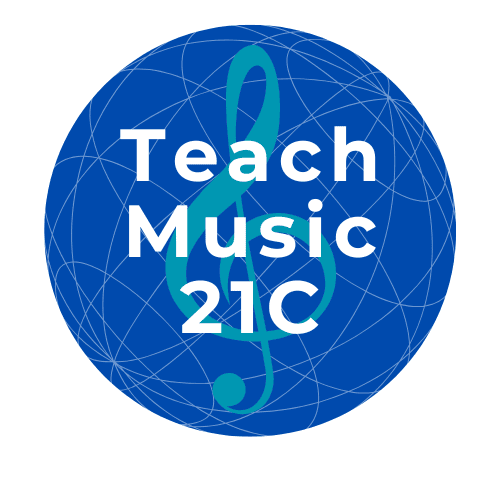Have you ever thought about the cycle of Growth and Rest in learning/teaching how to sing or play a musical instrument? Mother Nature reminds us that Growth and Rest always work together. After a day of Growth, we’ve got nighttime as a very much needed period of Rest. Or consider the seasons - how spring leads to summer, which is followed by autumn and winter. Seasons of Growth are naturally followed by seasons of Rest. Growth as constant output is unsustainable. All natural processes involving Growth cannot continue without Rest. Learning and teaching are just two of those many processes that depends on the intertwining of Growth and Rest.

For music teachers and their students, the relationship between Growth and Rest is an interdependent one, similar to what goes on in their ordinary everyday lives. This means some days are better suited to Growth and other days are more about Rest. Periods of Growth necessitate periods of Rest. When students have the time to Rest their body, mind, and soul, it means they’ll soon be ready for Growth. Not every music lesson needs to result in Growth. Some music lessons may better support students’ longterm development by allowing space for Rest to occur. Also, not every moment in a lesson needs to be focused on Growth. Sometimes an ebb and flow between Growth and Rest will be needed to match students’ energy levels.
What seems desirable is that music teachers recognize the signs of Growth/Rest and also follow up with strategies appropriate to the situation. Recently, I noticed that over a yearly cycle, there are definite months of Growth and Rest. September is always a Growth month. So are January and February, April and May. December is never a Growth month. Likewise the month of June - there’s simply too much going on for students. That’s why I make sure to have minimal activities during the month of June. I keep it limited to Student Report Cards and Parent Check Ins. This time of the year is more suited for winding things down.

Students will benefit from teachers who support them when Growth seems like a long ways off. This can be especially important for students in their first year of elementary school who are worn out from long days of sitting. As well as for teen students in the midst of energy-consuming growth spurts. Students will also benefit from teachers who help them understand what’s going on in their Growth/Rest learning process and help students stick with Practicing/Learning strategies long enough to experience their benefits.
What is your experience with Growth and Rest for yourself? For your students?
What periods of the year do you notice as consistently appropriate for Growth strategies? For Rest strategies?
